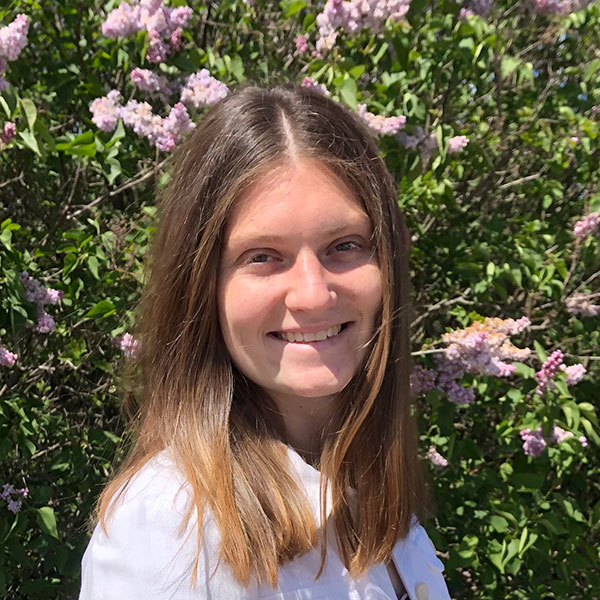
Angular frequency of rotating spiral waves in a chemical reaction-diffusion system

Name: Melita Wiles
Majors: Physics and Mathematics
Advisors: Dr. Niklas Manz & Dr. Cody Leary
Rotating spiral waves have been observed in various excitable physical, chemical, and biological reaction-diffusion systems. Most of the theoretical and experimental studies of two-dimensional excitable systems were done in planar geometries. However, in nature, many excitation waves occur on curved surfaces, e.g., the heart, the visual cortex, or the retina. In the framework of kinematic approach, it has been shown that the spiral wave’s angular velocity depends on the curvature of the system itself. The chemical Belousov-Zhabotinsky reaction can be used as a model system to investigate the propagation dynamics of these spirals. We use quasi-two-dimensional hemispherical shells and curved molds with various curvatures to determine experimentally the curvature dependence of the spiral’s rotation frequency.
 Loading...
Loading...
Posted in Comments Enabled, Independent Study, Symposium 2022 on April 26, 2022.
One response to “Angular frequency of rotating spiral waves in a chemical reaction-diffusion system”
Related Posts
Related Areas of Study
Physics
With one-on-one guidance from a faculty mentor, every physics major completes independent research in a year-long research project
Major MinorMathematics
Numbers + patterns + structures multiplied by a zest for analysis and inquiry
Major Minor


Fascinating experiment! Was gravity a factor?
I suggest proposing a control version of this experiment for the ISS to eliminate gravity as a variable. (In the 1990s, Wooster’s Don Jacobs led a NASA-funded ground-control version of a space shuttle critical-point experiment.)